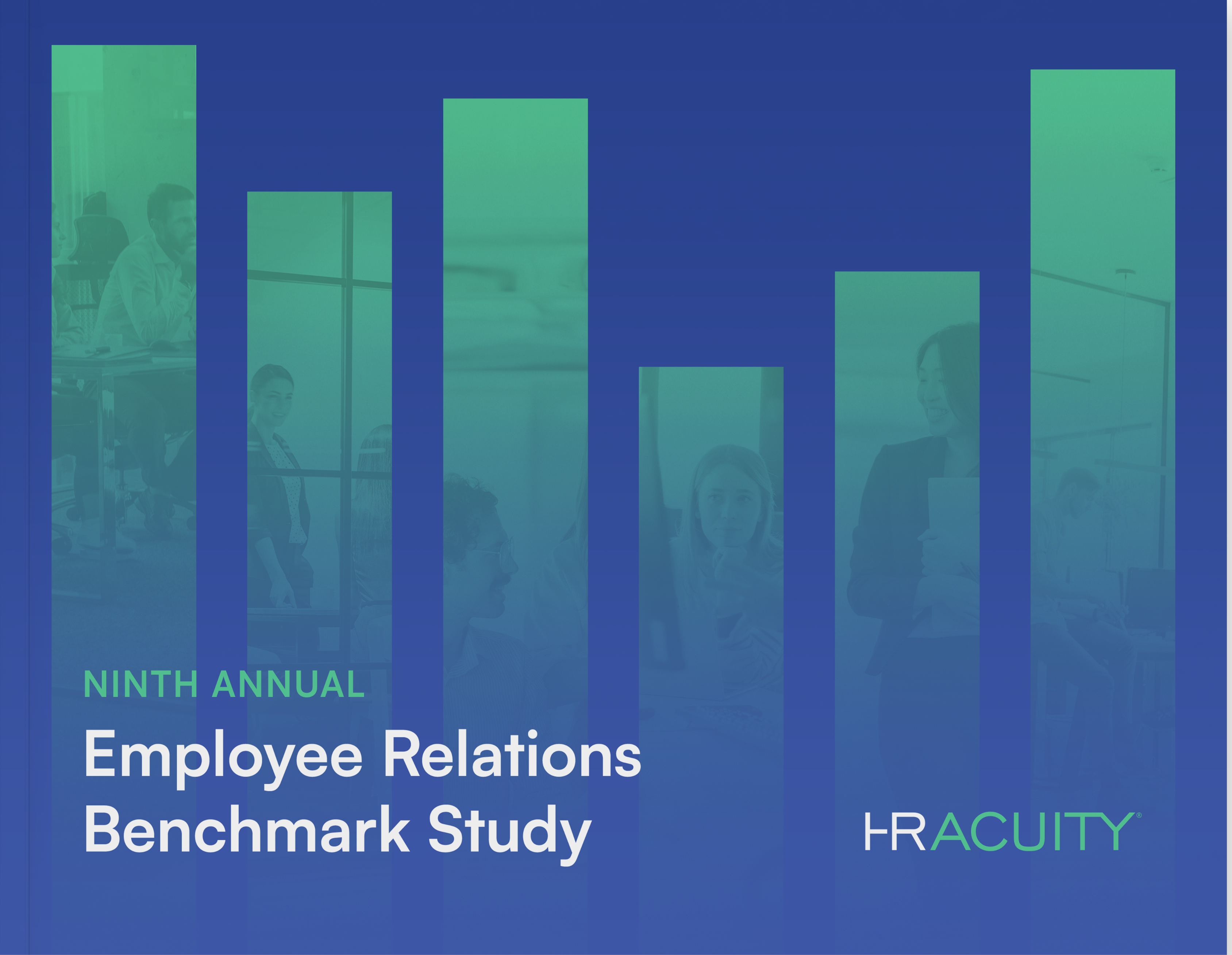Can a casual comment at the water cooler land you in hot water with your employer? How about if you tell a group of co-workers a joke laced with foul language? Seemingly harmless office banter can, in fact, create a toxic workplace and lead to allegations of employee misconduct.
In February of this year, I wrote 5 Workplace Behaviors That Are Actually Misconduct. The responses people sent me and some of the experiences they conveyed have inspired me to add a few more to the list!
So, here are 5 more workplace behaviors that are actually misconduct:

1. Joking about co-workers
Water coolers and office break rooms provide a reprieve from the stress of a busy workday, but employees can let their guard down in these locations too. While there is nothing wrong with a joke, there is everything wrong with relaying one that offends another co-worker. Jokes with racial, sexual, gender orientation, age or religious undertones can be a form of harassment. Jokes that target other co-workers can create a hostile work environment. Some people find bad language offensive, also not an acceptable behavior in the workplace.

2. Keeping a messy desk
Not simply a bad habit, a colleague that regularly has a messy workspace can pose business and data security risks for a company. Paperwork that is strewn about, for example, may contain confidential business or employee information. Federal Trade Commission guidelines require that information collected about an individual not be disclosed to others unless authorized by law or by consent of the individual, so a messy desk compounds data security risk with a legal risk as well. A chaotic workspace also looks terrible on occasions when clients or other professionals are in the office. It’s no wonder a Clean Desk Policy is a growing corporate trend.
3. Being rude to a co-worker
When an employee is persistently nasty or rude to co-workers, the bad demeanor affects the workplace environment for everyone. A study conducted by researchers at the University of Florida looked at whether rudeness by a colleague was contagious to others in the office. In fact, it was! So, a rude employee who is generally uncivil to others has a far broader impact on office morale that just the parties directly involved. That employee puts your organization at risk for potential accusations of hostile work environment and harassment. Even if allegations of misconduct don’t ensue, the toxicity of the workplace environment that is created will prompt good employees to leave.
Experts say there’s no playbook. You’re always taking a risk by making physical contact with a co-worker.
4. Behaving touchy-feely
From high-fives to shoulder rubs, some co-workers are just the touchy type. To complicate the matter, views on the subject of touchiness by other colleagues in the office exist in every extreme, and often the level of discomfort a worker experiences because of it can be very subtle. Companies are wise to err on the side of caution in this area of human resources policy, because a friendly hug to one employee is sexual harassment to another. In a 2009 Wall Street Journal article, Touching Me, Touching You – at Work, Elizabeth Bernstein aptly notes, “Experts say there’s no playbook. You’re always taking a risk by making physical contact with a co-worker.”
5. Having bad personal hygiene
Sometimes a co-worker has persistent bad breath, body odor or comes to work very unkept. In an environment where (s)he is working with others, bad personal hygiene can be off-putting and disruptive to the team. It’s awkward to address, but essential to tackle nonetheless. If human resources or a manager have tried and failed in their efforts to get a colleague to improve his or her personal hygiene, the employee’s behavior can be deemed a form of misconduct.
As I pointed out with my first blog on workplace behaviors that are actually misconduct, consistent documentation of certain employee-related behaviors is critical. HR Acuity® recently did an infographic listing 50 Employee Issues You Should Be Documenting, and we tried to include some less obvious examples of misconduct.
Consistent documentation is a powerful tool for human resources, because a seemingly subtle action by an employee will start to look quite different if it proves to be a pattern of behavior. These patterns might also warn of something more ominous such as employee depression. In addition, an individual that acts badly in the workplace may not see the impact of his or her actions on the larger whole.
Best practice employee relations demands that a company build a culture that can identify and see through all forms of employee misconduct. Your organization won’t attract and retain the best people unless it does.

5 Workplace Behaviors That Are Actually Misconduct
Some 20% of American workers are helping themselves to the office supply cabinet, but in a surprising survey by Spherion, only one-quarter of those taking them actually feel bad about it. In fact, this type of employee behavior won’t make the headlines. It may even seem more an annoyance than an important workplace concern. But, some outwardly trivial employee behaviors may be more serious than you think, and with the appropriate workplace guidelines in place, companies can take legal recourse to combat them.
Here are 5 workplace behaviors that are actually misconduct:
1. Chronic Lateness
Employees that consistently come to work past the time they are expected to arrive can be terminated for chronic lateness. The expectations must be clearly articulated in company guidelines, so there is no doubt as to what time employees are expected to arrive. Moreover, the employee’s tardiness should impact the nature of the work being done. For example, if the employee is expected to open a retail store by a certain time or attend a mandatory morning meeting, chronic lateness can impair the day-to-day operations of the business as well as the performance of co-workers.
2. Unwanted Gift Giving
It may seem counterintuitive, but giving gifts to another co-worker, subordinate or manager can be deemed employee misconduct. In particular, if the gifts are unwanted but the employee giving the gifts persists, the behavior can be a form of harassment, possibly sexual harassment. For employers, it is imperative that managers and human resource professionals be particularly vigilant around certain holidays like Valentine’s Day or even around the time of the company holiday party as I pointed out in After the Holiday Party Fizz, the HR Headache Begins.
3. Taking Office Supplies Home
It’s hard to imagine that an employee that takes pens, pencils and post-it notes home from the office has done anything criminal. For a restaurant, it might be a bottle of wine or an expensive food item that goes missing. The reality is that taking office supplies or other items from the workplace is stealing and constitutes theft of company property. The Spherion survey notes that while pens, pencils, rulers and post-it notes are the most popular items to go missing, the list of objects taken by employees extends to laptops, cellphones and calculators. If it moves beyond small items, it can contribute to shrinkage, or inventory recorded on a company’s books that goes missing. The Federal Bureau of Investigation estimates that shrinkage is the fastest growing crime in the United States, and not surprisingly, in addition to it being a form of employee misconduct, it is a leading cause of small business failure 30% of the time.

4. Personal Use of Company Wi-Fi
Last year, a county clerk in Chicago used the office Wi-Fi to respond to campaign related emails, a violation of the county policy forbidding public officials from engaging in campaign-related activities while working. The ethics violation cost the clerk a hefty fine and one of his employees his job. In fact, it is not uncommon for companies to have internet usage policies in place and for personal use of the company Wi-Fi to be prohibited. Wireless internet depends upon bandwidth for speed and optimal performance, so using the business Wi-Fi for personal activities is often against company policy. To some, using company Wi-Fi for personal use is just the modern version of stealing company property; and as the case of the Chicago county clerk confirms, it can have serious ramifications.
5. Unscheduled Worker Absence
Most employers offer sick leave to their employees and have a sick leave policy that encompasses scheduled absences. Within company guidelines, employees can take and plan scheduled absences and still be paid. However, calling in sick without good reason or lying about being ill or time taken off work, is a form of misconduct. Employees that frequently miss work without notice or call in sick as a means to get a day off work have unscheduled worker absences, quite distinct from planned absences that fall within company policy. Notably, unscheduled worker absences spike around holidays and long weekends.
With systematic documentation protocols in place, seemingly minor employee offenses may start to present themselves as patterns of behavior.
For employers, documentation of inappropriate employee behavior is key. With systematic documentation protocols in place, seemingly minor employee offenses may start to present themselves as patterns of behavior. Those patterns will bolster an employer’s case should the behavior be determined to be misconduct. Without documentation procedures, a misconduct allegation could lack evidentiary clout.
HR Acuity On-Demand provides organizations with the tools necessary for a consistent documentation process. In addition, HR Acuity On-Demand has structured fact finding tools, a framework for investigations, case reports and a wealth of metrics for detailed analysis. Contact HR Acuity® or call 888.598.0161 to schedule a 1-1 demo of our award-winning technology solution for employee-related risk mitigation.




